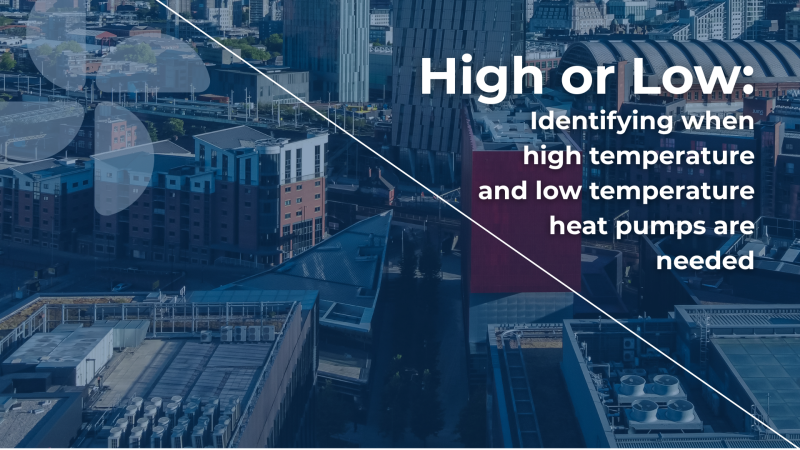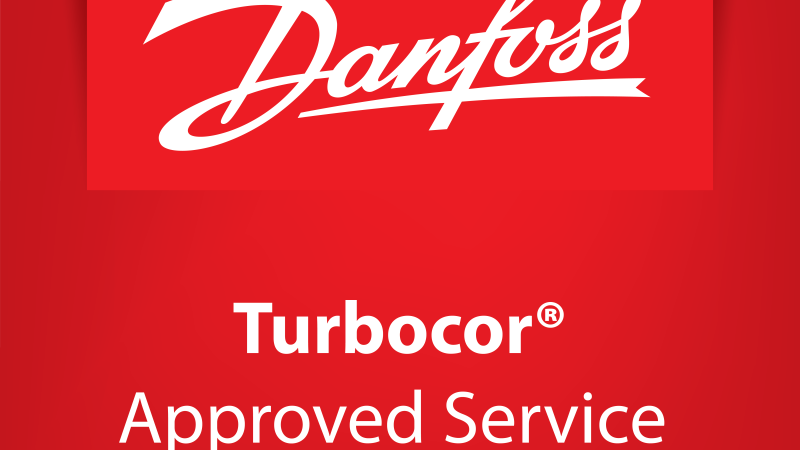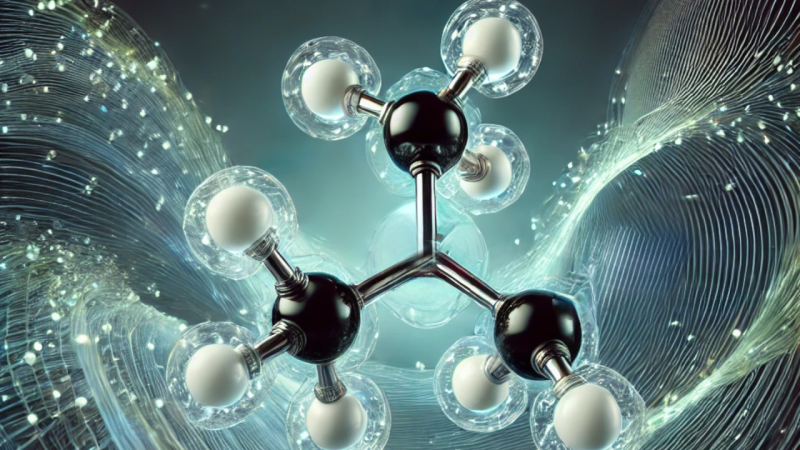Decarbonising Heating in Historic Education Buildings with Heat Pumps
The UK’s education sector is home to many historic institutions, with buildings that have stood for over a century. While these structures boast rich architectural heritage, they present unique challenges when integrating modern heating solutions.
At Cooltherm, we specialise in designing and delivering heat pump solutions that work within the constraints of older buildings to provide efficient and sustainable heating. Here’s what you need to consider when incorporating heat pumps into historic education facilities.
Upgrading Heating in Older Buildings
Traditional heating systems in older buildings were designed for high-temperature outputs, often using gas boilers that provide water at temperatures above 70–80°C. Heat pumps, however, operate most efficiently at lower temperatures, typically around 45–55°C. This temperature gap presents several challenges.
Inefficient Radiators & Pipework
Many historic buildings have radiators and distribution pipework that were sized for high-temperature water. When heat pumps operate at lower temperatures, these radiators may not provide sufficient heating unless they are replaced or supplemented with larger surface area emitters.
To mitigate this issue, it is best advised that these building upgrade existing radiators to larger, more efficient models that are designed to maximise heat transfer.
Furthermore, the installation of fan coil units, which work effectively with lower temperature water, will provide better distribution of heat.
Integrating underfloor heating where possible can also help balance heat demand.
Heat Loss & Building Fabric Issues
Many historic buildings were not designed with insulation in mind. Poorly insulated walls, single-glazed windows, and high ceilings all contribute to significant heat loss. This means that even if a heat pump is supplying heat, the building may not retain it effectively, leading to increased energy consumption.
While major insulation upgrades might not always be possible either due to budget or heritage restrictions, there are still actions that can be taken.
Draught-proofing measures are just as important in your home as they are in large buildings. Keeping heat in will always be cheaper than generating more.
Heat zoning strategies that prioritise heating in key areas reduce unnecessary energy use in underused spaces.
Space Constraints & Plant Room Adaptations
Older buildings were built around boiler-based heating systems, and the plant rooms were not designed to accommodate the larger buffer vessels, thermal stores, and external heat pump units required for efficient heat pump operation. Finding suitable locations for new equipment can be a challenge.
Cooltherm’s range of heat pumps contain compact, space-efficient options to solve almost any space constraint.
Modular or split heat pump designs, for instance, can be installed in multiple smaller locations rather than requiring one large plant room.
Failing that, however, making use of external mounting options, such as roof or courtyard installations, are a viable alternative should installation in a plant room not be feasible.
Thermal stores that maximise hot water capacity may also be considered.
Can High-Temperature Heat Pumps Help?
In many cases, upgrading an entire heating distribution network in an older education facility can be prohibitively expensive and disruptive. A high-temperature heat pump solution can be a viable alternative by offering a like-for-like replacement for gas boilers without requiring extensive modifications to pipework or heat emitters.
Cooltherm offer heat pumps capable of producing up to 70°C in a single unit and up to 80°C in a cascade system. This allows heat pumps to deliver the higher temperatures that traditional radiators require.
With the ability to reach 70–80°C, high-temperature heat pumps ensure that DHW systems meet Legionella safety requirements without the need for additional electric heating.
By maintaining higher flow temperatures, these heat pumps can often be installed with minimal, if any, modifications to the existing heating network, avoiding the expense and disruption of replacing pipework and heat emitters – and is especially ideal for heritage and listed buildings.
Future-Proofing Education Facilities with the Right Solution
The transition to low-carbon heating is essential for reducing emissions in the education sector. While historic buildings present challenges, they are not barriers to decarbonisation. Upgrading an entire heating distribution network in an old building can introduce further risks and significant costs. In many cases, a high-temperature heat pump solution may well be the most efficient choice in terms of both energy usage and cost, allowing for a more seamless transition away from fossil fuels.
At Cooltherm, we specialise heat pumps, advising on the best approach for your project. If you're working on a historic education facility and need expert guidance, get in touch today to discuss your options.
Related News

Heat Pumps: High vs Low – and when to choose which

Cooltherm Recognised as Danfoss Turbocor® Approved Service Provider
